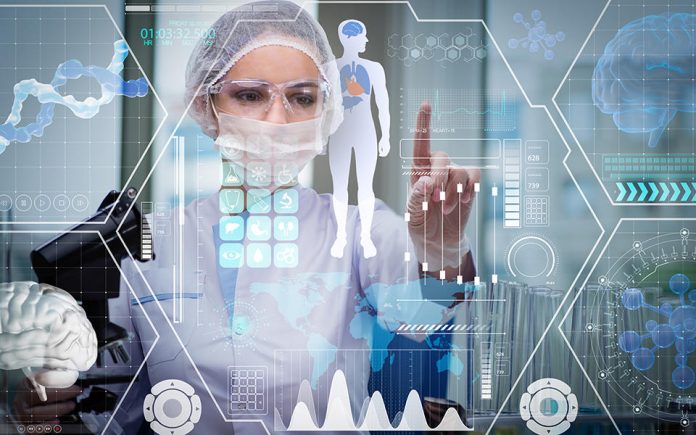Technological advancements have literally made life more comfortable than ever before. In the medical field, medical engineers, and scientists all over the globe are working day and night to bring the best advancements that will see a general decrease in mortality rate and public health services improvement. In most parts of the world, the doctor to patient ratio is so high, something which affects service delivery. Today, it is right to say that treatment success rates in hospitals that use technological advancements are high, and many changes have been witnessed. For instance, cancer and HIV/AIDS patients can now prolong their life, thanks to technology.
Here are the top technological advancements that bring about drastic changes which help hospitals to operate more efficiently:
- Mini-portable medical fridges
Unlike before, medical stations can now depend on a variety of freezers and medical refrigerators to store sensitive or highly perishable vaccines and medicine. For instance, devices like BioFridge medical Fridge Freezers allow for fast mobility throughout hospitals, emergency response centers, blood banks and various medical facilities. Mini-portable freezers are highly mobile since they come in compact sizes and wheels that allow you to rush down buildings and rooms to attend to patients with ease. They also come in different sizes, of say either 15 or 20 liters, which gives you enough room to carry all the necessary medical supplies needed to respond to an emergency. The size also makes it possible for them to fit inside ambulances without consuming much space, which ought to be for the patient, nurses, and a family member or friend.
Before the invention of portable medical freezers, perishable and sensitive medicines were stored in designated rooms and buildings that could accommodate large freezers. Well, that is fast changing as mini-portable fridges are compact enough to fit in shelves all departments. That means every department will have its drugs within the same area, which can save on emergencies.
- Artificial intelligence (AI)
Artificial Intelligence (AI) is yet to take charge fully in most hospitals around the world. AI software, unlike human beings, can work in situations that require utmost precision and accuracy, such as brain surgeries. Moreover, AI robotic nurses also come in handy when it comes to assisting patients who need a 24-hour medical watch. For instance, they can help to remind patients when to take drugs and when to expect the doctor for a routine checkup.
AI technology is also useful in research, diagnosis, and prediction of patients’ medical patterns. However, if you are a medical practitioner, you must note that AI will bring in drastic changes in terms of careers and professions once fully implemented.
- Healthcare applications
Digitization is fast catching up with every sector, health not being an exception. The development of mobile apps that are compatible with smartphones and tablets has drastically changed the medical practice culture. For instance, there are tons of information which is not only helpful to doctors and physicians but patients too. Hospitals are also providing smartphones and tablets to their staff, which contains every single record of a patients’ history. This technology has helped save many lives as there is no need to look through a hip of files to isolate a case. Everything is now a single click away! Moreover, apps have helped improve the doctor-patient relationship because patients can now book appointments remotely from home and come to the hospital when it’s appropriate. Therefore, hospitals are not having unnecessary congestions unless it is an emergency.
- Hybrid surgery rooms
Hybrid operating rooms have been in existence since the early 90s, but new modifications and advancements are coming through for the betterment of surgical procedures. For instance, most high-end hospitals and research centers are replacing the traditional mobile C-arms with a fixed C-arm. Moreover, there is also the installation of fixed vascular imaging capabilities for AAA and endovascular procedures. Remember, all these modifications and improvements are in place for the betterment of efficient open surgical procedures.
- Ultrasound
The use of ultrasound imaging devices has increased, especially in operating rooms where doctors can use this technology to locate a substance that is to be removed from the body. It is common when someone ingests a corrosive substance, and doctors use ultrasound imaging technology to determine the exact position.
- Smart hospital rooms
Finally, there is a group of patients who need 24-hour supervision, especially immobile accident and fire victims, or even paralyzed people. Many hospitals have this in mind; there is an increase in the number of smart hospital rooms that not only cares for the patients’ wellbeing but of the caregivers too. For instance, these rooms are carefully designed with anti-slip solid floors to minimize touchpoints and the odds of falling. They also include automatic slide shower doors and daybreak beds. In addition to that, they include facilities to make caregivers’ stay comfortable.
It is just a matter of time, and all these kinds of technology will spread to all the corners of the globe. Health has been a significant concern for international organizations such as WHO and CDC, and they’ll see it that everyone gets to enjoy this technology.

